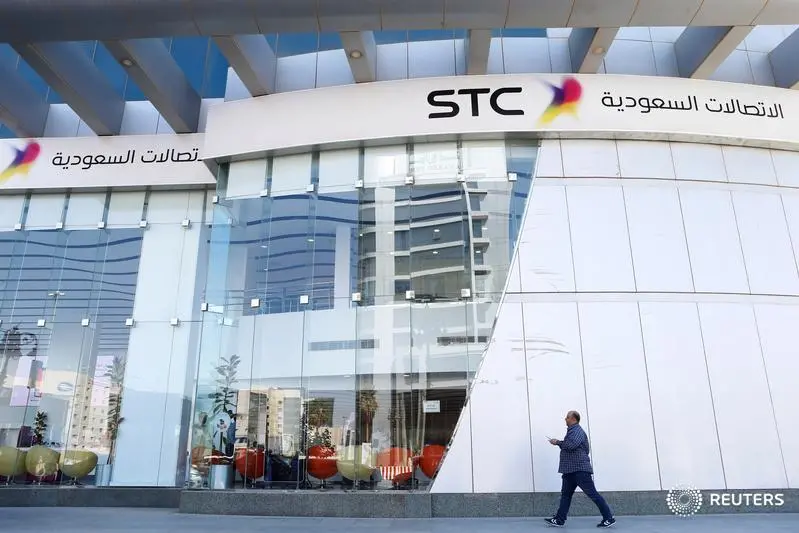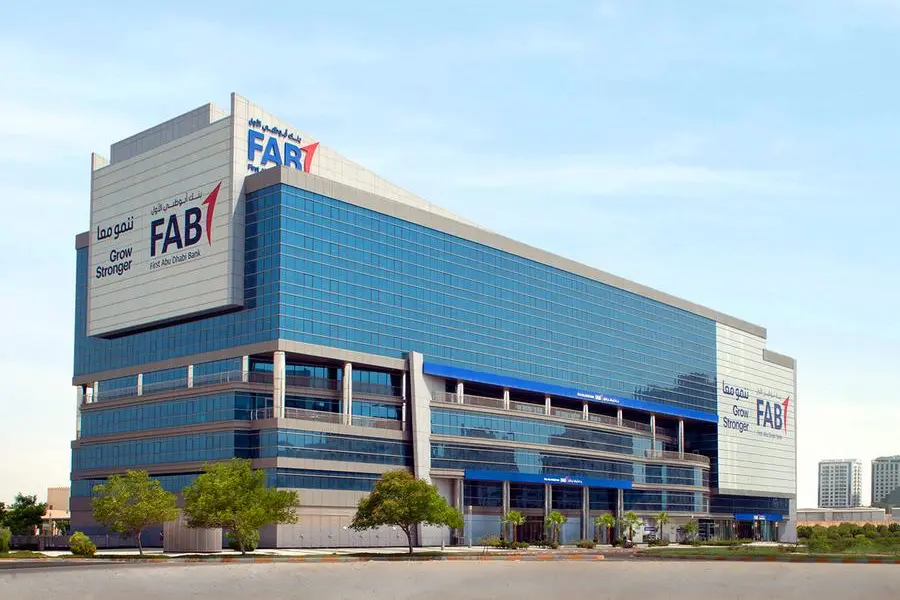Findings reveal 18 percent of enterprises, 31 percent of small businesses have no business continuity plan
Dubai, United Arab Emirates, April 12, 2007- More than 80 percent of IT decision-makers at both large and medium-size businesses view business continuity and availability as an increased priority for 2007 and key to sharpening their competitive business edge worldwide, according to survey results released today.
Approximately four out of five managers and executives responsible for business continuity and availability, including chief information officers, IT directors and IT managers, indicate that the area will see an increase in spending this year as compared to 2006.
The survey, commissioned by HP and conducted by GCR Custom Research, further revealed that investments in disaster-tolerant solutions, backup and recovery efforts, security and improved IT service management offerings will also increase in 2007, with nine out of 10 decision-makers reporting higher planned spending.
In addition, the ability to meet competitive pressures, maintain uptime, prepare for pandemic outbreaks and improve regulatory compliance ranked as significantly higher priorities in 2007 than in 2006.
Overall, the results mark a shift in strategy for many companies, which have historically taken a reactive approach to recovering from unplanned downtime or disasters, to longer term business continuity planning.
"In today's global marketplace, any amount of downtime can be devastating, if not terminal, to a business," said John Hoonhout, HPS manager and acting Technology Solutions Group lead for HP Middle East. "Research shows that IT decision makers see a dramatic return on investment as a result of building a sound, long-term, holistic business continuity plan, which will ultimately reduce the impact of internal or external threats."
Management's changing perception toward business continuity and availability solutions is impacting IT purchasing decisions across the spectrum of new technology adoption. In an August 2006 study by IT consultants Enterprise Management Associates, and reported in the Dec. 16 issue of InformationWeek, business continuity and disaster recovery was identified as the No. 1 driver of virtualization technology among 150 early implementers.
Overcoming challenges with sound IT plans
Nearly one in five enterprises surveyed (18 percent) and nearly one in three medium-size businesses surveyed (31 percent) lack a business continuity plan. The most common obstacles for the implementation of business continuity and availability solutions, based on survey results, range from the conceptual - such as securing financial support, overcoming lack of manager support and low corporate priority - to the tactical: critical problems that lie in the nuts and bolts of planning and implementation.
While the survey shows an increased awareness of and need for business continuity, availability and disaster-recovery solutions, IT organizations worldwide face significant challenges to implementing a sound plan.
According to survey participants, top obstacles include a lack of an agreed technology solution (55 percent), not enough time to implement (49 percent) a lack of data to create a true business case for implementation (34 percent) and inexperienced internal resources (59 percent).
With these barriers in mind, HP recommends following a simple, six-step process for evaluating, designing and implementing a long-term business continuity plan:
1. Take stock of current IT assets, including hardware, people and applications, and determine the IT department's current challenges - make sure to invest in best practices.
2. Use a holistic approach to building a plan - one that integrates people, processes and technology - so the changing needs of a dynamic market can be met.
3. Find a single vendor (or no more than two) that provides a comprehensive portfolio of solutions to cover the areas of business continuity, availability, disaster recovery and security.
4. Set up a timeline for achieving metrics with specific action items, dates and go-to project leads.
5. Use technologies such as virtualization and remote data storage that will help cut costs and manage system failovers.
6. Frequently test systems to ensure that performance levels and access to data are maintained.
More than 564 IT decision makers worldwide responded to survey questions assessing their business continuity, availability and disaster-recovery plans and the technologies being used to implement those plans. Sixty-two percent of the respondents represented companies with more than $100 million in annual revenue from industries that include manufacturing, healthcare, education and financial services. Forty-eight percent of respondents represented medium-size companies with 100 - 999 employees.
HP's integrated approach to business continuity and availability
HP's approach to business continuity and availability helps organizations balance cost with risk across the enterprise. First, comprehensive planning and governance provide a thorough understanding of a customer's business requirements and current readiness. Then, next steps are laid out to achieve a resilient, compliant and high-performance IT operation. Finally, HP translates the customer's business service-level requirements into an operational plan of improvement that combines people, process and technology.
HP Business Continuity and Availability solutions are part of the HP Adaptive Infrastructure portfolio. They help customers build and manage agile, resilient environments that reduce operational risk and unplanned downtime and ensure continuous operation of critical business processes in the face of a variety of changing factors.
Specific offerings include business continuity solutions; high-availability management solutions; data protection and recovery solutions; and security and disaster tolerance solutions. More information about HP's business continuity and availability solutions is available at www.hp.com/go/continuityandavailability.
-Ends-
About HP
HP focuses on simplifying technology experiences for all of its customers - from individual consumers to the largest businesses. With a portfolio that spans printing, personal computing, software, services and IT infrastructure, HP is among the world's largest IT companies, with revenue totaling $94.1 billion for the four fiscal quarters ended Jan. 31, 2007. More information about HP (NYSE: HPQ) is available at www.hp.com.
About HP Middle East
HP is the largest technology and solutions provider in the Middle East with 670 employees and subsidiaries in Dubai, Abu Dhabi, Riyadh, Jeddah, Khobar, Cairo, Ramallah, Oman and 2 service Joint Ventures in Kuwait and Bahrain servicing the GCC, Egypt and the Levant. HP has been present in the Middle East since 1968 and opened its first regional office in 1994. HP Middle East is the market leader for enterprise, small and medium business and consumer technology products and offers a large portfolio of solutions and services in various business domains.
More information about HP in the Middle East is available at www.hp.com/me
More news about HP in the Middle East is available at www.hp.com/me/press
2007 Hewlett-Packard Development Company, L.P. The information contained herein is subject to change without notice. The only warranties for HP products and services are set forth in the express warranty statements accompanying such products and services. Nothing herein should be construed as constituting an additional warranty. HP shall not be liable for technical or editorial errors or omissions contained herein.
© Press Release 2007



















